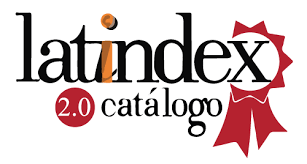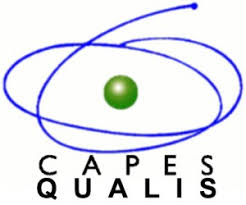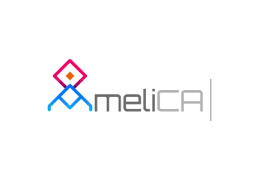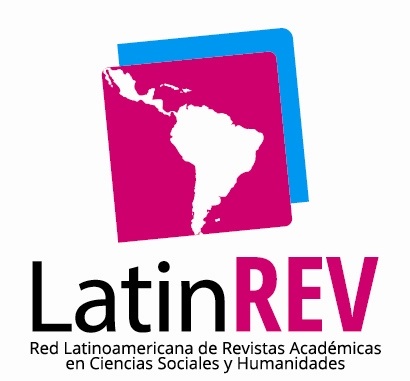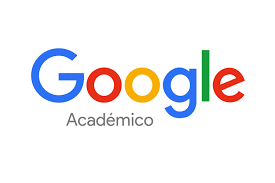Development of educational technologies aimed at social inclusion of the assited users of Augmentative Communication systems
DOI:
https://doi.org/10.35305/revistairice.v26i26.537Keywords:
information and communication technology (ICT), disability, technology for the social inclusion, ECCA.Abstract
This article describes and analyzes the process of creation of a technology for the dynamization of software development and innovative educational practices, towards equal participation of persons with Complex Communication Needs in the social context. Theoretical key concepts about the design of technologies for the disabled put in tension; described the methodology put in work in the research project which stimulated this work; and the way to theoretical and methodological guidelines for the creation of collaborative systems of Augmentative Communication, and a model of software called “ECCA”. Finally, the weaknesses of the experience are analyzed with the aim of contributing to effective social transformation.Downloads
Download data is not yet available.
Downloads
Published
2014-02-02
How to Cite
Guisen, M. A., & Sanz, C. V. (2014). Development of educational technologies aimed at social inclusion of the assited users of Augmentative Communication systems. Revista IRICE, 26(26), 141–168. https://doi.org/10.35305/revistairice.v26i26.537
Issue
Section
Artículos libres
License
Aquellos autores/as que tengan publicaciones con esta revista, aceptan los términos siguientes:
- Los autores/as conservarán sus derechos de autor y garantizarán a la revista el derecho de primera publicación de su obra, el cuál estará simultáneamente sujeto a la Licencia Creative Commons Reconocimiento-NoComercial-CompartirIgual 4.0.
- Los autores/as podrán adoptar otros acuerdos de licencia no exclusiva de distribución de la versión de la obra publicada (p. ej.: depositarla en un archivo telemático institucional o publicarla en un volumen monográfico) siempre que se indique la publicación inicial en esta revista.
- Se permite y recomienda a los autores/as difundir su obra a través de Internet (p. ej.: en archivos telemáticos institucionales o en su página web) antes y durante el proceso de envío, lo cual puede producir intercambios interesantes y aumentar las citas de la obra publicada. (Véase El efecto del acceso abierto).




